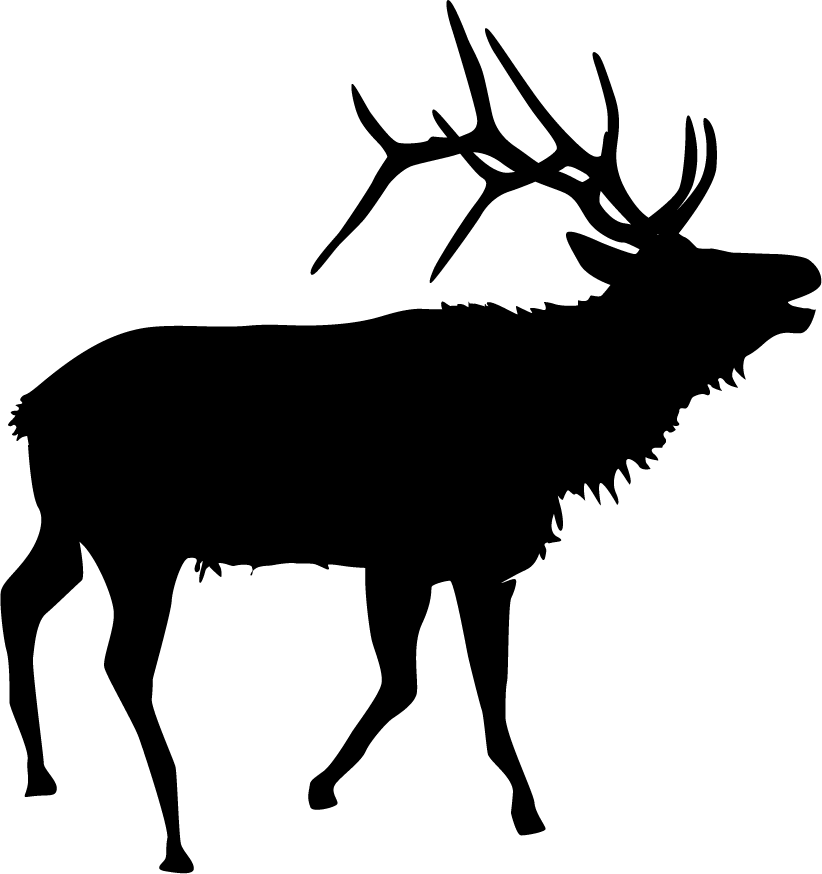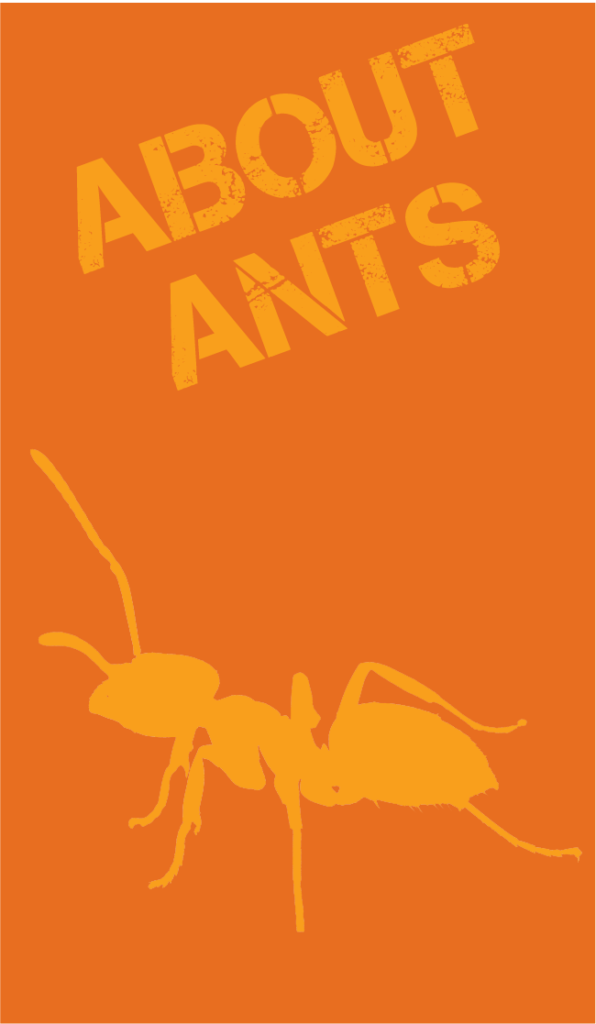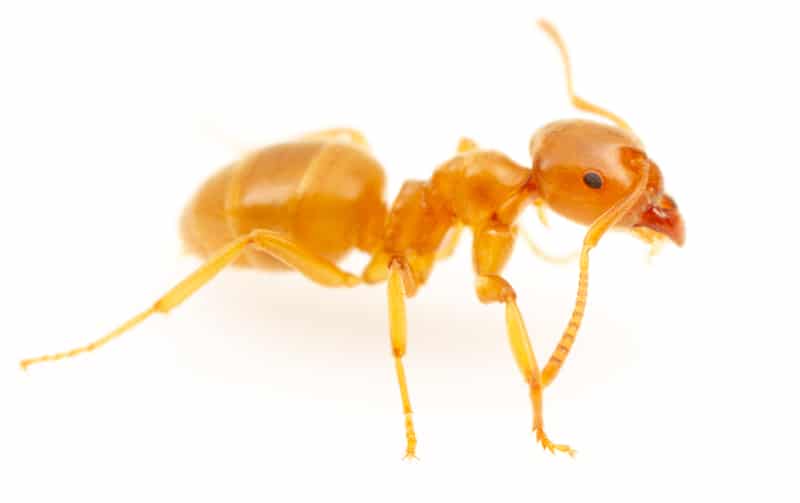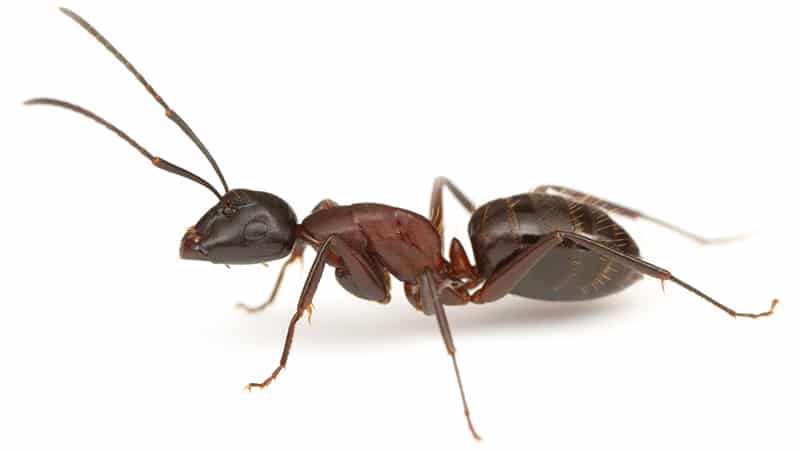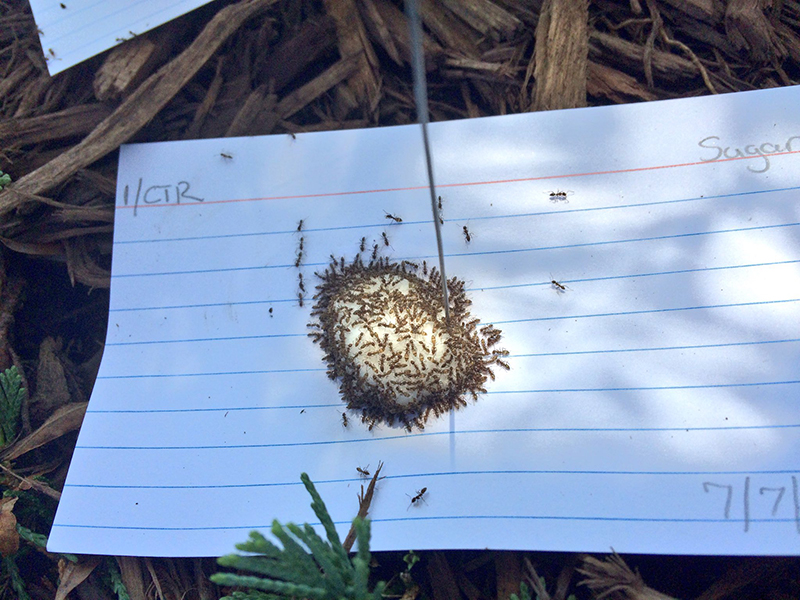WHY ANTS

Ants...
- exist almost everywhere on the planet and are usually very common,
- are extremely divers in shape, form and personality and
- most people have a (usually good) association with these animals.
You might think you already know all there is to know about ants but I promise you, you will be surprised in more than one way!

